The bathroom may be a place of daily comfort, but it’s also one of the biggest sources of water waste in the home. As droughts and environmental concerns intensify, regulators are beginning to crack down on the silent offenders hiding in plain sight. Many homeowners are unaware that everyday fixtures and habits could soon be subject to new rules — or outright bans. From showerheads to bidets, the push for conservation is about to hit home in a very personal way.
1. High-Flow Showerheads
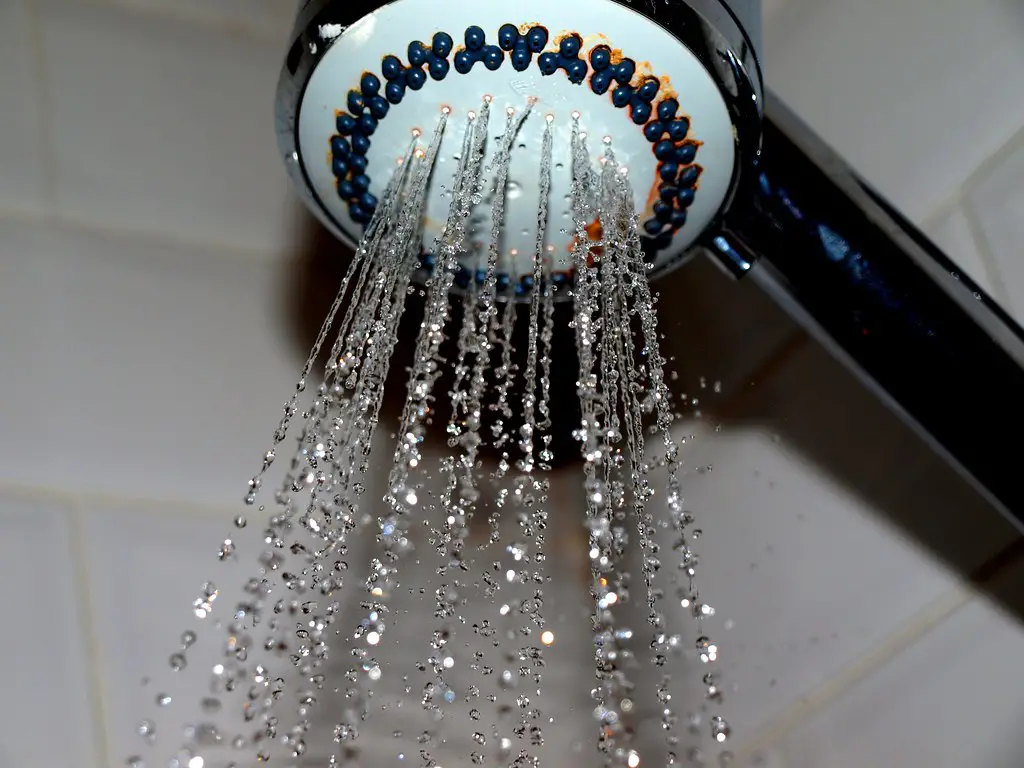
According to the Environmental Protection Agency, high-flow showerheads can use up to 5 gallons of water per minute, well above the federal standard of 2.5 gallons. With growing pressure on municipalities to reduce water usage, these older fixtures are likely to be first on the chopping block. Cities like Los Angeles and San Francisco are already exploring ordinances that would outlaw their sale or installation. Homeowners who ignore the shift could find themselves facing fines — or steep penalties on their water bills.
New regulations are expected to favor WaterSense-labeled showerheads that deliver strong pressure while significantly lowering flow rates. These modern alternatives can save thousands of gallons per household per year without sacrificing comfort. Retrofitting may become mandatory in some states, especially where drought conditions persist. In short, expect your morning routine to come under scrutiny — and adapt accordingly.
2. Traditional Toilets
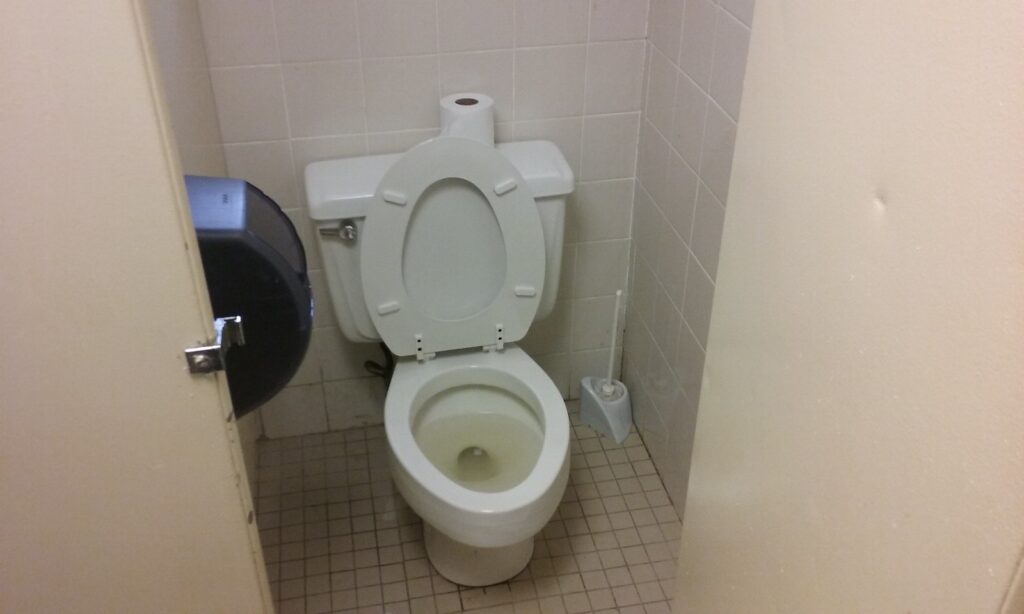
As noted by Consumer Reports, older toilet models can use up to 7 gallons per flush — a staggering number when multiplied across daily use. Water-conscious states are already pushing for replacements with ultra-low-flow or dual-flush options that reduce waste without compromising function. In some areas, rebates are being offered for homeowners willing to make the swap voluntarily. However, that grace period may soon end as mandatory upgrades roll out.
Expect plumbing codes in high-risk states like Arizona and Nevada to start requiring certified low-flow toilets in both new builds and renovations. These models typically use 1.28 gallons or less per flush, cutting water use dramatically over time. Property owners may be required to document compliance during resale or inspection. It’s no longer just a green move — it’s quickly becoming a legal one.
3. Non-Efficient Faucets
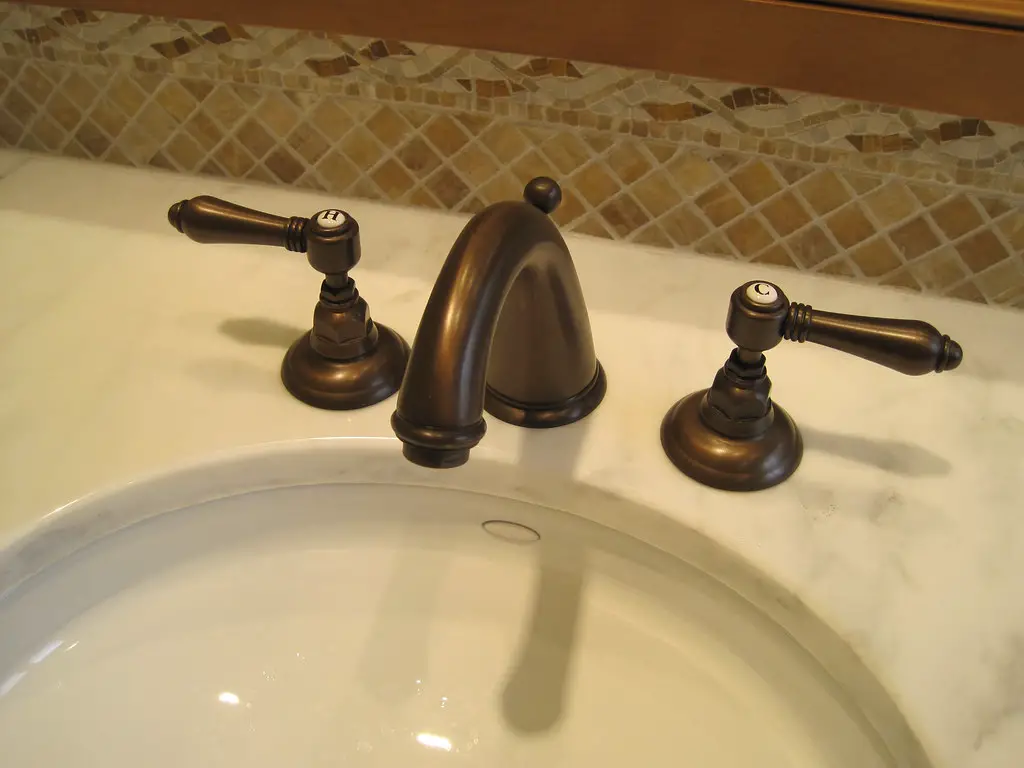
According to Gunthers, outdated faucets in the bathroom can be just as wasteful as large appliances. Many models installed before the 1990s lack built-in aerators or pressure regulators, allowing unnecessary water to spill out with each use. Water management agencies are now calling for stricter standards and mandatory retrofits in both residential and commercial buildings. California already requires any replacement faucets to meet flow rate standards, and other states are likely to follow.
In the near future, faucet upgrades may be required during renovations or even routine maintenance. The goal is to standardize water-saving technology across all fixtures, not just showers and toilets. Some proposed laws may also ban the sale of non-compliant models altogether. If your bathroom still features faucets from decades past, now is the time to consider switching them out.
4. Oversized Bathtubs
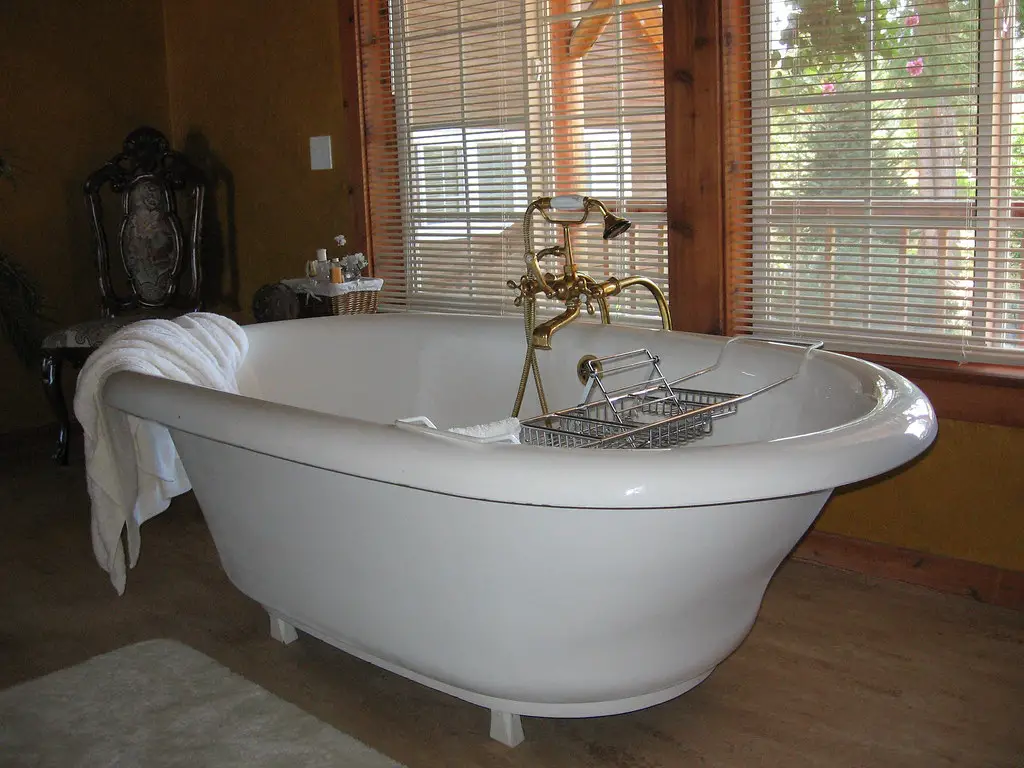
U.S. News notes that freestanding tubs and large jetted soakers can require over 80 gallons of water per fill. As utilities become more strained, this level of indulgence is falling out of favor with policymakers. While no states have banned large bathtubs outright, proposals are circulating to restrict them in new construction or charge water surcharges for excessive use. The trend is clear: luxury is beginning to clash with conservation.
Builders may soon need to meet water usage quotas that limit the inclusion of such high-capacity features. Homeowners in drought-prone regions could also face rate hikes or usage tracking tied to bath size and frequency. While relaxing in a deep soak may not be illegal yet, it could become a costlier choice in years to come. Smaller tubs and efficient designs are likely to take their place in eco-conscious homes.
5. Continuous-Flow Bidets
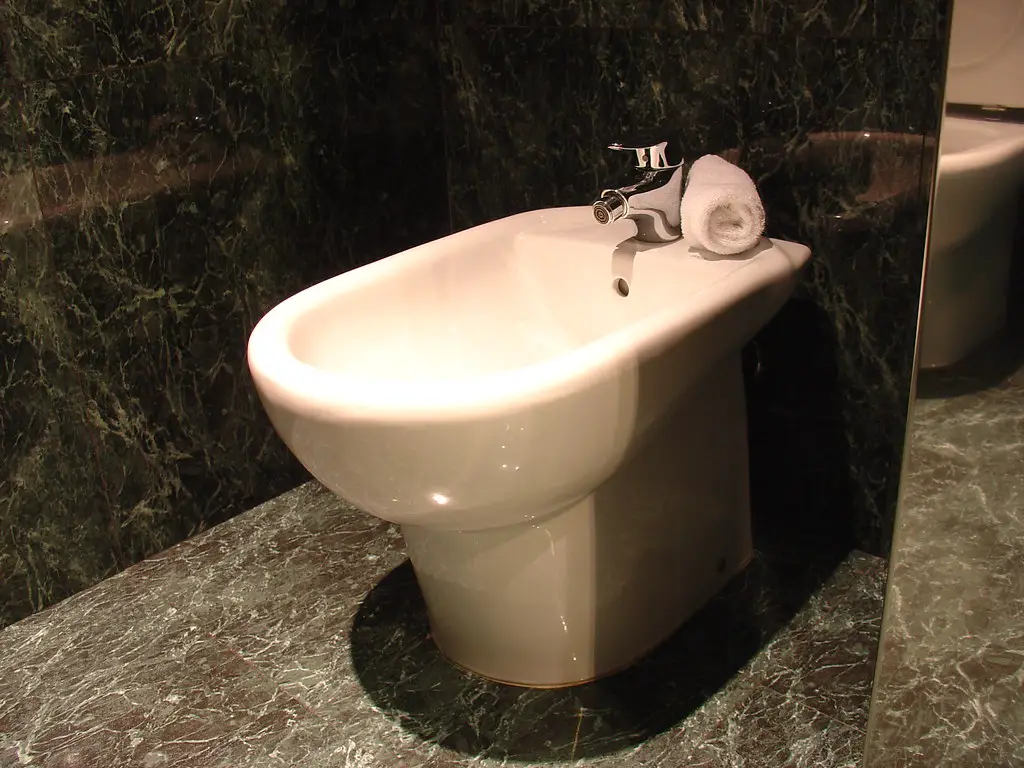
Though bidets are seen as a more hygienic option, certain models use an astonishing amount of water per use. Continuous-flow styles that lack water-saving technology are now on regulators’ radar. These systems, which run water without restriction, can quietly drive up household consumption. In an era of increasing scrutiny, they may no longer be considered a sustainable option.
Future rules may require all bidets sold to meet minimum water efficiency benchmarks. Units with smart shutoff features or limited flow settings are more likely to remain compliant. In the meantime, homeowners may want to evaluate whether their current setup aligns with coming conservation efforts. Ignoring these changes could mean expensive retrofitting later on.
6. Leaky Toilet Valves
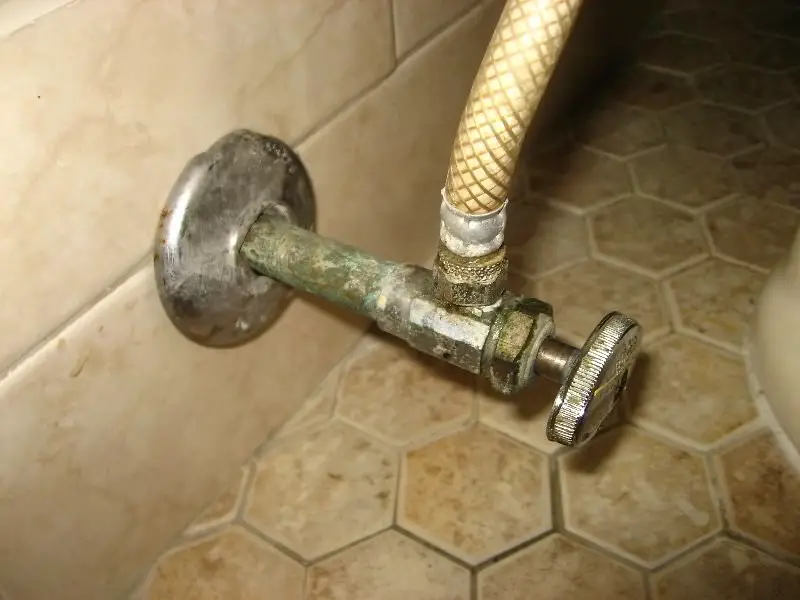
Leaky toilet flappers or fill valves may seem like a minor inconvenience, but they’re a hidden source of major water loss. In fact, even a small leak can waste hundreds of gallons per day. New regulations may require smart leak detection or automatic shutoff systems to mitigate these quiet offenders. These measures would ensure early intervention before utility costs skyrocket.
Expect future inspections and home audits to prioritize leak prevention alongside efficiency ratings. Builders and landlords may also be required to use only certified, self-regulating valve systems in bathrooms. The goal is to eliminate waste at its source, especially in multi-unit dwellings. If you’ve been putting off a simple valve repair, now’s the time to act.
7. Multi-Jet Showers
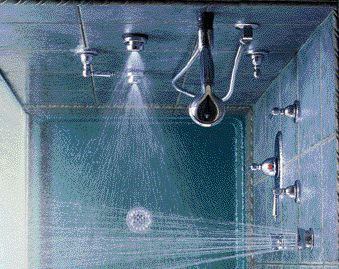
Luxury showers with multiple body jets and rain heads might offer a spa-like experience, but they can also drain dozens of gallons per use. With rising concerns over urban water demand, these indulgent systems are falling out of regulatory favor. Cities looking to curb excessive use may soon place limits on the number of nozzles per shower stall. Overbuilt systems could require retrofitting to reduce water output.
Contractors and interior designers are already shifting toward designs that balance comfort with conservation. If you’re planning a bathroom remodel, it’s wise to future-proof your fixtures now. Water-saving options can still feel luxurious without attracting penalties. Expect official mandates to target overbuilt shower systems next.
8. Tankless Toilets Without Pressure Control
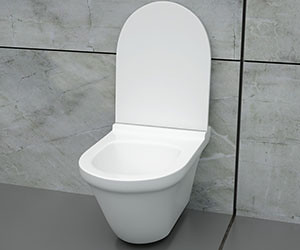
Tankless toilet systems that rely on direct water pressure instead of a tank may soon be reviewed for regulation. While often used in commercial settings, these have been growing in popularity in residential designs. Without proper pressure control, they can lead to inconsistent water use and long-term inefficiencies. Their sleek appearance doesn’t always translate into practical performance.
Water boards may begin requiring integrated flow-limiting valves or pressure regulators for tankless systems. Homeowners hoping for modern style must weigh it against possible scrutiny in the near future. Installing these without consideration of water impact may soon be a thing of the past. A little foresight can save both water and money.
9. Whirlpool Tubs
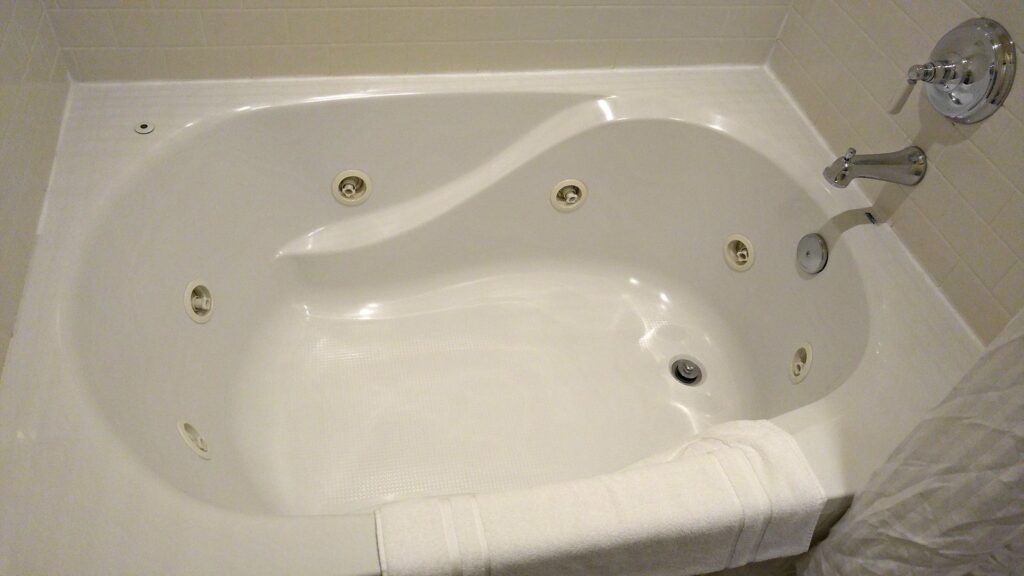
Much like oversized soakers, whirlpool tubs often demand huge volumes of water for every use. On top of that, the pumps and plumbing systems can suffer from inefficient water flow and leakage. As energy and water conservation become more closely linked, these features are ripe for review. They may be classified as non-essential or discouraged in future housing codes.
Developers may have to justify their inclusion with offsetting conservation measures elsewhere. Homeowners should also be aware that they might lose rebate eligibility if their homes include such high-drain features. Environmental pressure is shifting the definition of comfort. Practical and efficient bathroom designs are rapidly becoming the gold standard.
10. Steam Showers Without Timers
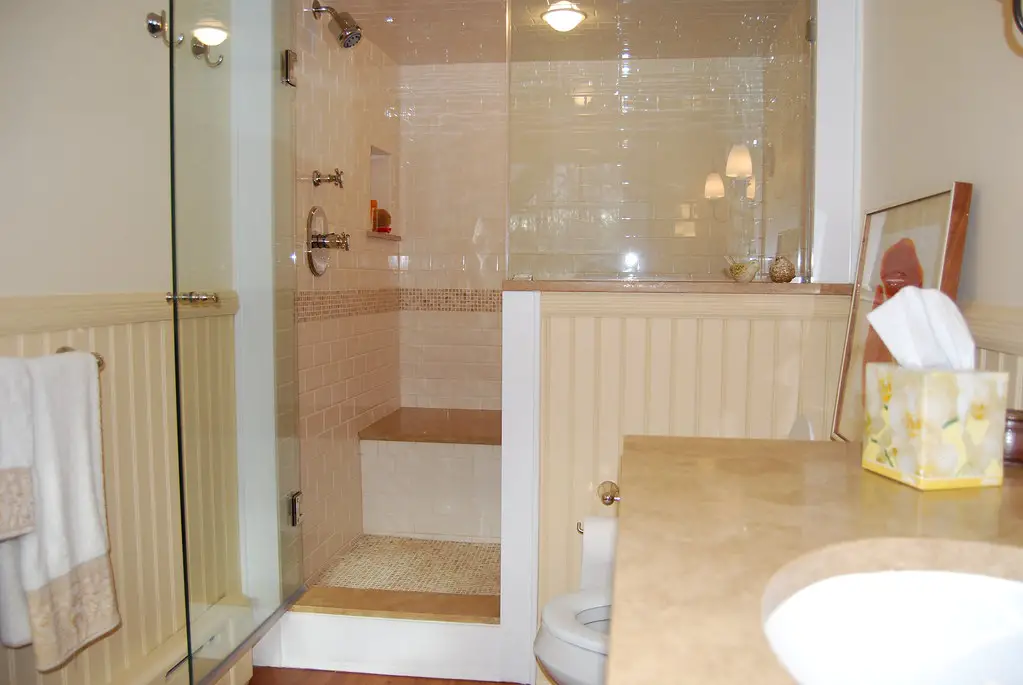
Steam showers are a popular luxury addition, but those without automatic timers can overrun and waste huge amounts of water through both generation and condensation. Systems that allow extended or unlimited steam cycles are now being looked at by green building councils. Timer-based controls are likely to become mandatory to reduce accidental overuse. As climate legislation advances, expect regulators to tackle these quiet energy hogs.
Installing timer-based or app-controlled steam systems can help maintain compliance while still offering spa-like experiences. Developers are also beginning to rethink whether steam features should be included at all. In coming years, steam showers may be limited to wellness-specific rooms or require separate permits. Modern luxury will need to find a sustainable edge.
11. Heated Toilet Seats with Integrated Bidets
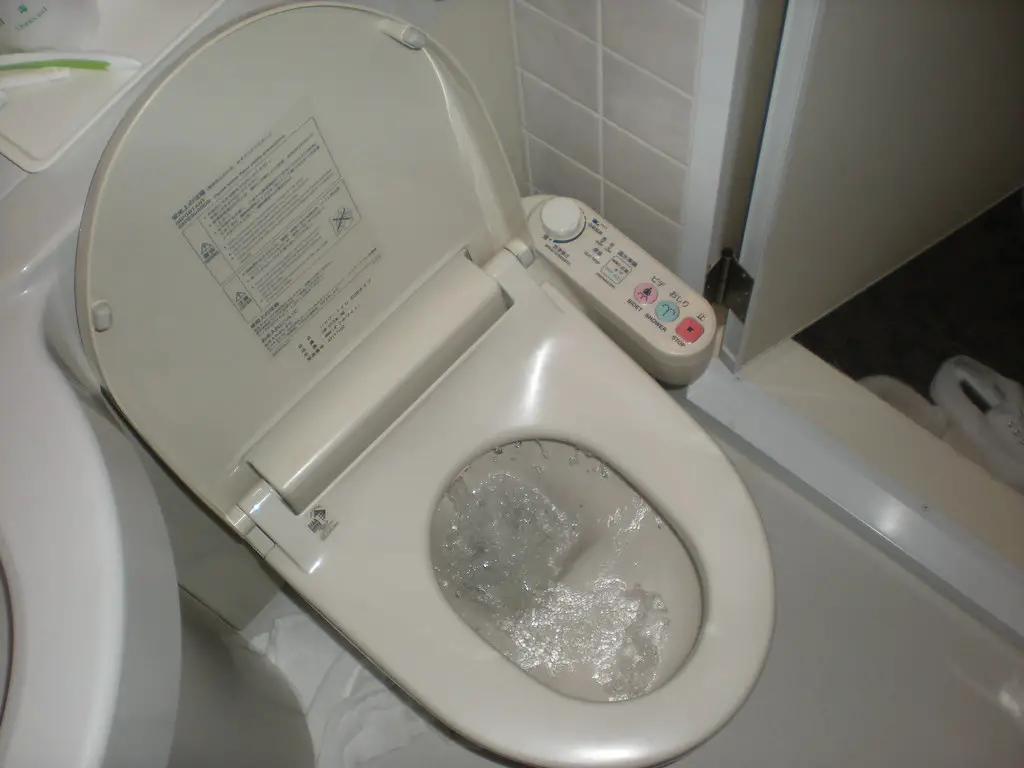
While popular in high-tech bathroom designs, these combined systems can use both electricity and water inefficiently if not properly regulated. Some states are beginning to question whether such hybrid designs meet current conservation standards. Features that stay on continuously or use constant low-flow water streams may soon be flagged for review. Standards are expected to be tightened for both water use and energy draw.
Smart models with motion sensors or auto-shutoff functions are more likely to remain legal. Others may require certification before sale or installation. If you’re planning an upgrade, choosing eco-certified features will be key. Ignoring these shifts could mean costly compliance headaches later.
12. Bathtub-Shower Combos Without Diverters
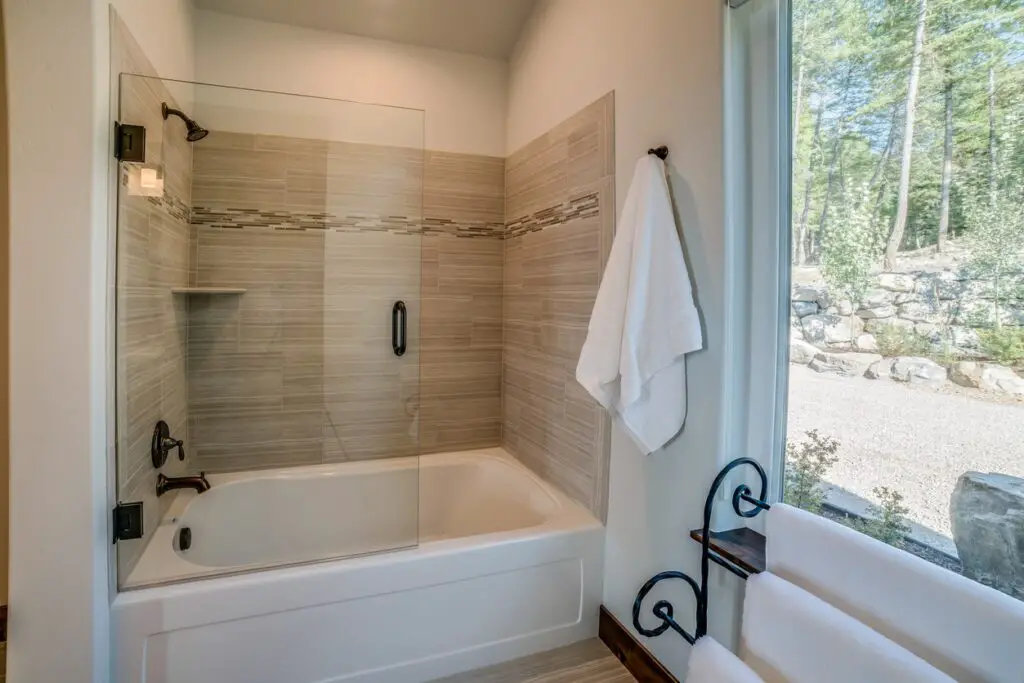
It may seem basic, but many older bathtub-shower combinations still lack a proper diverter, causing unnecessary water to flow through both outlets. In areas where water metering is tightening, this inefficient design may not pass future inspections. Some local codes are already recommending updates to fixtures that include built-in shutoffs or directional valves. The idea is to eliminate any water waste caused by outdated plumbing design.
Homeowners looking to sell may need to replace or retrofit these systems as part of compliance documentation. It’s a simple fix that could have long-term value. As more areas adopt water-smart policies, every drop will be monitored. The future of bathroom design is smarter, leaner, and more conservation-focused.
